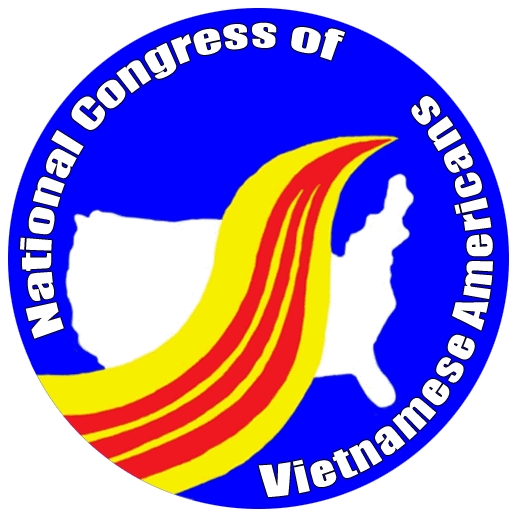News Article
April 30, 2004
Asian Population Surging
Across America
By Genaro C. Armas
Associated Press Writer
FALLS CHURCH, Va. - Asians are projected to be the fastest-growing major
population category over the next half-century, outpacing blacks, whites and
Hispanics. Recent Census Bureau (news
-
web sites) projections show the Asian
population could grow by a third, to 14 million, by 2010 and more than triple to
33 million in 2050.
Immigrants from India and Vietnam contributed to the population surge during the
1990s. That's when the Eden Center strip mall took hold in Falls Church, Va.,
about nine miles west of the nation's capital.
On a recent weekday afternoon, shoppers strolled down the corridors and
sidewalks of the 120-shop mall with bags and children in hand. A group of older
men huddled around a table watching two others play a game of Chinese chess,
while some visitors perused videos at a rental store. The yellow-and-red striped
flag of the former South Vietnam fluttered high above the parking lot, next to
an American flag.
The scents of herbs and spices waft out of a Vietnamese medicine store, down a
hall and past a restaurant where diners sip tea and eat bowls of pho. Pulsing
Vietnamese music plays in the background.
It's a scene out of Hanoi — but it's really a suburban Washington strip mall
that has become a hub for the burgeoning Vietnamese community and an example of
what's happening elsewhere in the country.
"A good bit of it reminds me of home," Nguyen Ngoc Bich, 67, says as he strolls
past the shops. Bich, a former Vietnamese diplomat who settled in the United
States as a refugee in 1975 after the Vietnam War, was one of the mall's
original investors.
"Just close your eyes and all you hear around is Vietnamese being spoken. It's
all the familiar sounds of home," he said.
Like previous immigrant groups, many Asians come to America looking for a better
job, more education or to reunite with relatives and friends.
Asians in America still concentrate in urban areas, but as with other
minorities, are increasing in number in the suburbs and rural areas. A place
like Eden Center serves as a gathering place similar to New York's Chinatown
neighborhood, says Min Zhou, chair of the Asian American Studies program at the
University of California at Los Angeles.
"It's a cultural hub and some sort of buffer" for those immigrants who live or
work in mainly white areas, Zhou said. "You don't need it, but if you have it,
it makes your life much more richer."
Asians with a Chinese background are the largest single group, with 2.4 million.
But the population of Indian-Americans grew the most during the 1990s — 106
percent to 1.7 million. Vietnamese were next at 83 percent and grew to 1.1
million in 2000.
The technology boom of the 1990s lured many immigrants from India. Large numbers
settled in California's Silicon Valley and other high-tech hotbeds like the
Dulles Corridor outside Washington.
A catch-all category of "other Asians" had 1.3 million people in 2000. This
included groups like the Hmong, whose population nearly doubled to 169,000. The
Hmong are an ethnic group from the highlands of Laos who fought the communists
alongside the CIA (news
-
web sites) during the Vietnam War.
Many of the Vietnamese and Hmong came to America as political refugees. And a
large number are children of U.S. soldiers stationed in southeast Asia during
the Vietnam War.
Growth has occurred beyond traditional gateways like New York and California.
Towns along the Gulf of Mexico have for years attracted immigrant fishermen from
Vietnam and Cambodia, and resettlement programs have created large Hmong refugee
communities in Minnesota and Wisconsin.
There are numerous ripple effects. Many localities have created community
outreach positions to learn about the needs of these new populations.
More businesses and strip malls like Eden Center are sprouting across the
country, as more Asian families settle outside of cities. One such mall in Las
Vegas, called Chinatown Plaza, bills itself as the "largest master-planned
Chinatown in America."
Varun Nikore heads the Indian American Leadership Initiative, an organization
that seeks to entice more Indian Americans into politics, an area that Nikore
calls a "last slice of the American pie."
Out of the more than 1.7 million people of Indian descent in the United States,
only a handful are in politics and none are higher than state legislative
office, Nikore says.
"They're involved in cultural programs, and they are politically aware, but they
haven't done the extra hurdle of trying to run for office," Nikore says. "We're
basically trying to take the mystery out of the campaign process."
Whether projections about Asian population growth hold true depends largely on
any changes to U.S. immigration policy, demographers note. They also suggest
that improving economic conditions in Asian countries could reduce the number of
people moving to America.
___
On the Net:
Census Bureau: http://www.census.gov
Related:
Asian Population in U.S. in 2050
